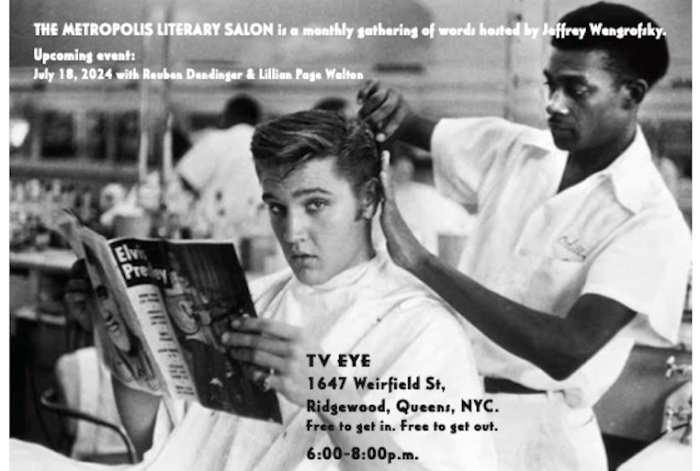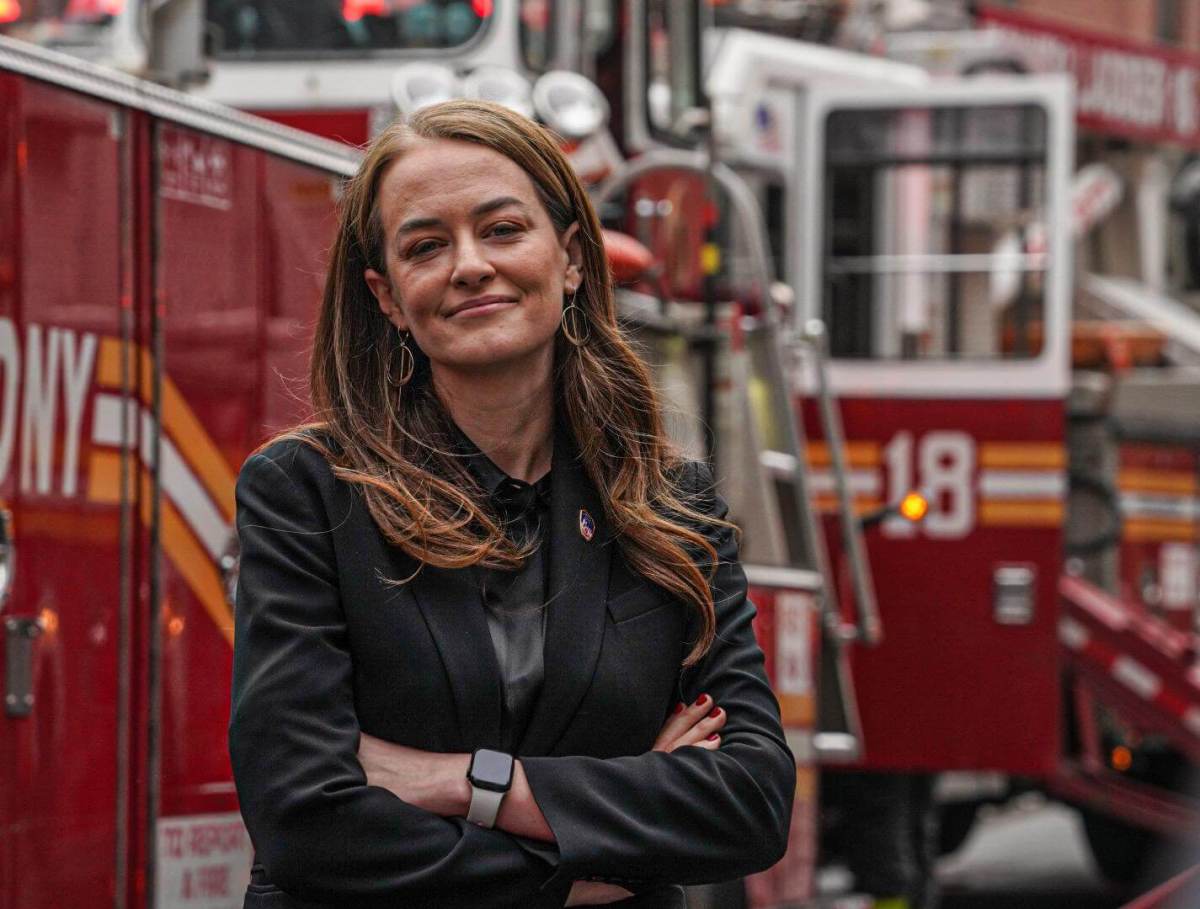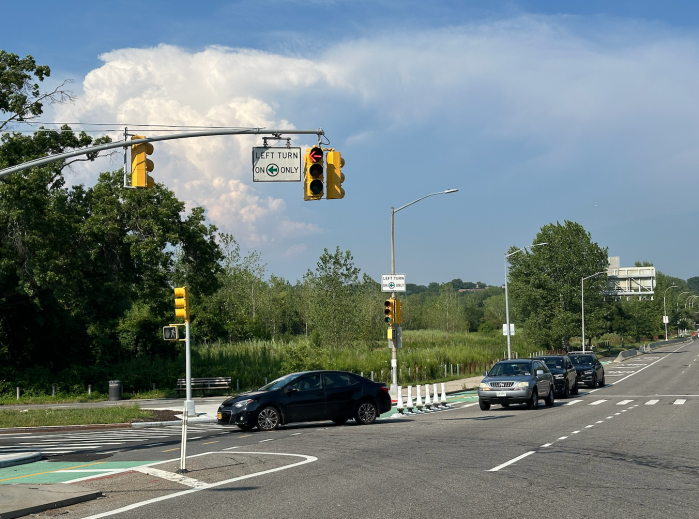By The Greater Astoria Historical Society
In 1939, a 400-pound tiger escaped from the Ringling Brothers and Barnum & Bailey Circus in Long Island City and terrorized scores of residents in Sunnyside and Woodside before it was captured in a tree in a yard at 38-29 53rd St. in Woodside.
Trainers were summoned from their tents in the circus encampment at Northern Boulevard and 44th Street and finally netted the beast. Nearby 50 policemen with rifles stood ready to shoot should it make another attempt at flight.
“The man-eating tiger,” as it was called under the big top, bolted to freedom at 5:40 a.m. that morning after gnawing its way out of a wood crate in the main tent near Woodside Avenue. Bursting out of its prison with a terrific lunge against the weakened bars, the beast pushed out into the open from beneath the canvas wall of the tent. People screamed and scattered in horror while a dozen handlers ran in pursuit.
A milkman and several motorists stood terrified as the big cat sprinted off toward Roosevelt Avenue. Soon an officer spotted the animal in a tree behind the house.
Trainer Roy Chosister and a crew of attendants with nets were on hand and brought the animal down. It was bound with the netting and carried to a new crate as wide-eyed Mr. and Mrs. Gus Mazzari, owners of the damaged flower garden and yard, looked on from behind closed windows.
The following day, the circus opened in the first air-conditioned big top in history. Led by a menagerie and lorded over by the terrifying gorilla called “Gargantua the Great,” a cast of 2,800 performers arrived in 80 cars for a one-week engagement in Woodside.
l
Between April 29 and May 2, 1939, more than 40,000 cars crossed the Whitestone Bridge. The Whitestone celebration, the greatest fete ever staged in the community, was the grand realization of a 20-year civic dream. More than 5,000 people attended the event.
City Parks Commissioner Robert Moses, chairman of the Triborough Bridge Authority, made a speech at the opening ceremony lauding the work of engineers, the mayor and the federal government. The official opening came with the president’s opening remarks at 3:12 p.m., and Gov. Herbert Lehman, Mayor Fiorello LaGuardia and fair President Grover Whalen headlined the list of speakers from 60 other participating nations.
Civic leaders waxed poetic as they hailed the opening of the link. The talks topped a parade of 20,000 soldiers, marines, sailors and costumed representatives of foreign nations, who formed at the Perisphere and then tramped majestically through Constitution Mall.
The following day was Opening Day of the New York World’s Fair, when Queens took the visit of President Franklin D. Roosevelt, his entourage and other world celebrities in stride. Carloads of fair-goers streamed into the borough until dusk. Visitors, who came from all over the world, arrived by train, plane and boat to establish the exposition opening as one of the most orderly and colorful events of its size in history. On the first day, more than 600,000 visitors flocked to the exposition.
That first week was also dubbed “Queens Week” and the first Monday was “Borough Day,” where school and civic groups took part in performances. Hundreds of young ladies lined up for the “Typical Queens Girl” contest. Representing the borough’s girlhood, there were girls in gingham dresses and low-heeled shoes, statuesque in evening clothes, smartly clad in fur capes and dressed for the office. They climbed the dais one at a time and lined up for the judges, removed their hats and smiled.
Meanwhile, Sheriff Maurice FitzGerald made news with his official visit to the “girlie” show. While promoters built up the World Fair’s entertainment revue as “sensational,” “shocking” and “nerve-tingling” the sheriff took a peek and observed, “Why, they’re no better nor worse than 90 percent of New York’s night club shows.”
The surroundings of a modern-day fairyland provided the setting for the president’s renewed pleas for world peace as he stood before a crowd of 40,000 in the Court of Peace.
“Our wagon is hitched to a star,” declared the chief executive, who was both seen and heard by millions of radio listeners and television viewers the world over. “It’s a star of good will, a star of promise for mankind, a star of greater happiness and less hardship and, above all, a star of peace.”
He then declared the fair open to all mankind.
For more information, call the Greater Astoria Historical Society at 718-278-0700 or visit astorialic.org.

































